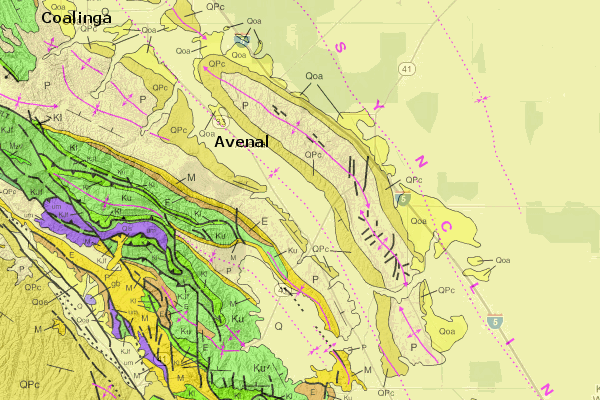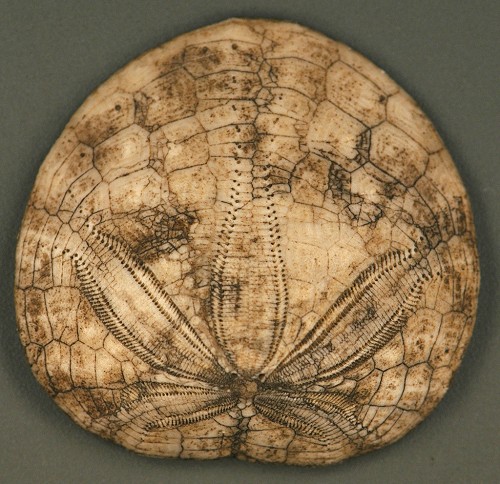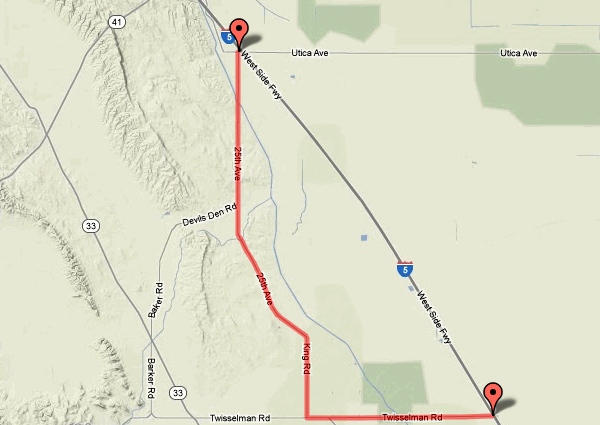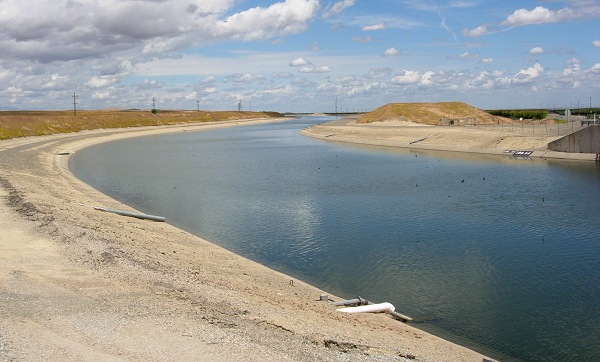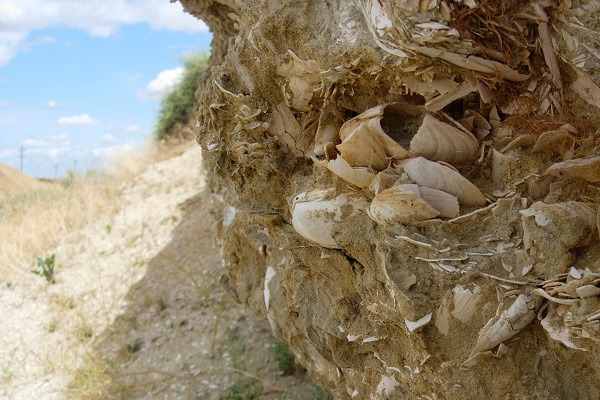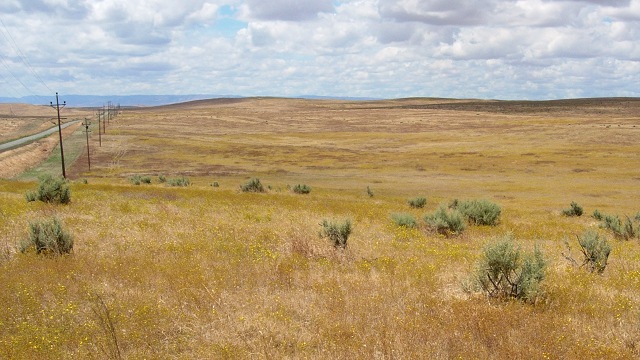As you head south on I-5 past Coalinga, the road runs just east of a long range of hills. From on high, and on the geologic map, the Kettleman Hills are a dramatic and obvious example of an anticlinal arch. The center is uplifted and dissected by erosion, so that the insides are the older rocks.
These hills drew the attention of oil drillers early on, but their holes came up dry until October 3rd, 1928, when a well struck a highly overpressured reservoir some 7000 feet down. A gusher resulted that lasted for three years. Oil production from the field was so great that the market was depressed and several other oil-producing states grumbled about the lack of regulation in California.
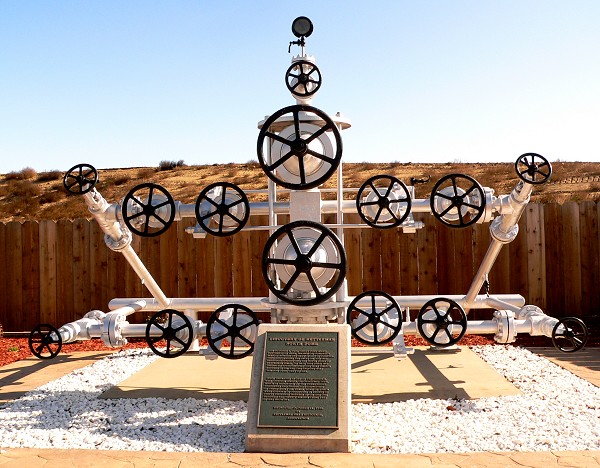
The town of Avenal arose with the oil boom, along with a host of businesses based on petroleum.
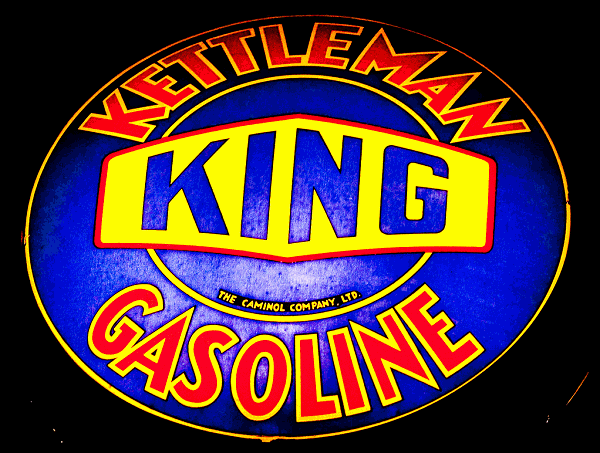
The classic geologic treatment of the Kettleman Hills oil field was issued in 1940 by the U.S. Geological Survey as Professional Paper 195.
